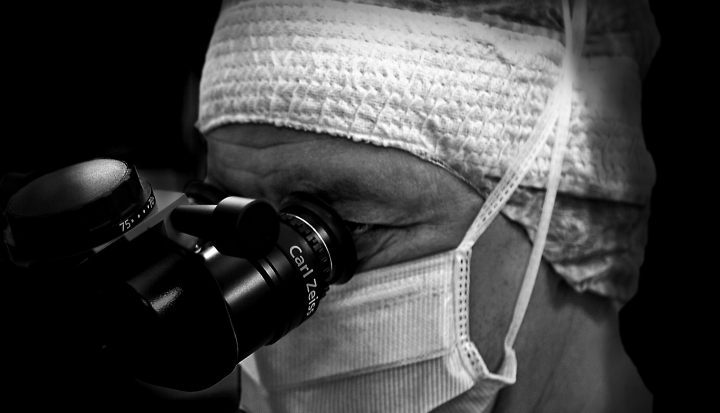The year I graduated from high school, the valedictorian had a grade average of 105.6%. All the students in the top ten percent—about 33 in my class of 330—had GPAs above 4.0. Why? Because the school weighted different classes. AP and IB classes were given the most weight—your grade in one of these was worth 1.07 times as much as a normal class—followed by other honors classes, classes required for graduation by New York State, and finally electives (oh, if only gym class had been weighted).
As evidenced by the grades at the top of my class, I went to high school with a lot of very smart people who succeeded at even the most difficult classes. But what about the other intelligent students who might not have stood out quite so much? These students had two options. They could take easier classes that were weighted less and succeed with flying colors, bringing their GPAs up in the top 10 percent. Or they could push themselves to take the harder, college-level courses, where even with a heavier weighting, their grades might not get them into the top 10 percent.
In the cutthroat high school world of college admissions, student ranking is everything. Unless you were motivated by a love of learning in and of itself, there was little motivation to reach, go out of your comfort zone, and take a class that was a lot more work for potentially a lower grade.
It turns out weighted report cards aren’t just for high schoolers. According to a recent article in the New York Times, surgeons are also getting graded, based on their mortality rates and patient outcomes. The grading system was originally meant to force surgeons operating at a below par level to improve, just like the weighted GPA at my high school was meant to encourage students to take difficult classes.
But as the weighted grading actually penalized some students, so does this report card of surgeries make many doctors less willing to take risks. When doctors are afraid that losing a patient may give them a lower score, they are less likely to do surgeries where the outcome is uncertain. When that happens, the sickest patients—the ones who face the lowest odds and who are most in need of surgeries—are turned away in favor of healthier patients who are almost certain to survive.
Can you imagine if this was the case in other vocations? What would happen if priests were graded on how many people showed up to Mass on a given Sunday? Or if a homeless shelter was graded on how many people it helped get permanently off the street? Sunday Mass would probably start to look a lot different, while the other important work a parish does fell by the wayside. And that homeless shelter might only feed or house the people it felt were already on the brink of getting a job or finding housing—in other words, not the people who needed shelter the most.
I’m not trying to say that metrics of success aren’t important. A weighted GPA obviously does help some students succeed at more difficult classes. And there should be a way of telling if a surgeon has an abnormally high mortality rate. It’s good to keep track of the work that a parish priest or nonprofit is doing. The danger is when these numbers get in the way of the work that needs to be done—in this case, work that is literally lifesaving.
When people are too afraid to take risks and instead stay within their comfort zone, where they know they can succeed, everyone misses out. People who desperately need help don't get ministered to, fed, sheltered, or healed. Think what would have happened if Jesus had only ministered to those people who were “safe.”
The New York Times article ended by pointing out that it was only the doctors who cared about the surgical report cards, not the patients. The people being served aren’t focusing on metrics or grades. They’re looking for people who are present and who can help them, no matter the risks involved.
Image: Flickr cc via wolfgangfoto











